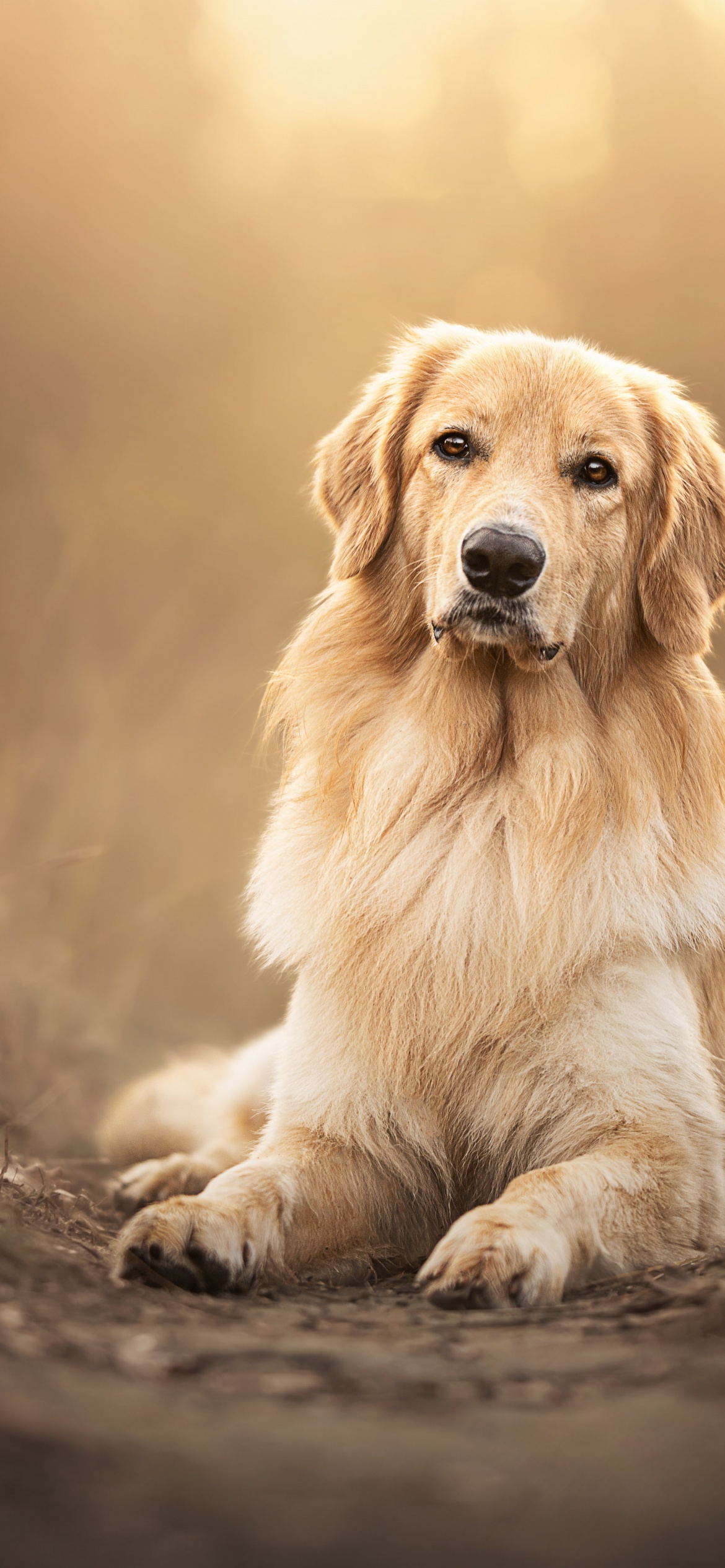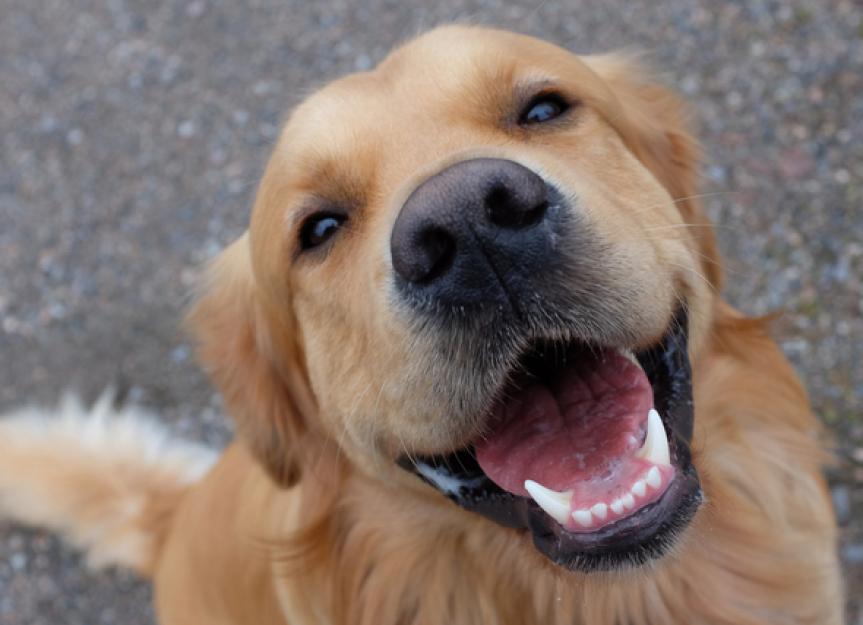Dog With Leopard - Exploring Canine Companions
Have you ever stopped to truly think about the amazing creatures that share our homes and lives? It's a pretty interesting thing, honestly, how these four-legged friends became such a big part of our world. We are talking about dogs, of course, and the huge variety of looks and personalities they show us every single day.
You see, our canine pals, often called domestic dogs, have a very old family story. They didn't just appear out of nowhere, but rather, their story goes back to a time when people started to work closely with certain wild animals. This careful picking and choosing of specific traits, over many thousands of years, helped shape the dogs we know and love today, you know?
From the tiniest little lap warmers to the really big, protective types, there's such a wide range of dogs out there. Each one has its own special way of being, its own set of characteristics that make it unique. It's quite a spectrum, really, when you consider all the different kinds of dogs that exist around the globe.
Table of Contents
- The Story of Our Canine Friends - A Look at Dog with Leopard Traits
- What Makes Each Dog Different - Understanding the Dog with Leopard Look
- Are Dogs Really Man's Best Friend - The Bond with Your Dog with Leopard Pal
- What About Dog Years - Living with Your Dog with Leopard Friend
- Finding Your Perfect Match - Discovering Your Ideal Dog with Leopard Type
The Story of Our Canine Friends - A Look at Dog with Leopard Traits
When we think about dogs, it’s interesting to consider their origins. The creature we call a dog, known scientifically as canis familiaris or sometimes canis lupus familiaris, has a very clear lineage. It is, more or less, a domesticated form, a direct descendant, of the gray wolf. This connection goes back a very long way, as a matter of fact.
These animals, which we often refer to as domestic dogs, didn't just appear in our homes by chance. They were, in fact, carefully chosen and bred from groups of wolves over a long period of time. This process of selecting certain animals for specific qualities happened during a particular period in history, shaping them into the creatures we have today. It's a story of very old partnerships, you know.
A dog is, at its core, a mammal that belongs to the Canidae family, which is a group of meat-eating animals. It is considered a specific type, a subspecies, of the gray wolf. This means they share a lot of common features with their wild cousins. They are also related to other animals like foxes and jackals, showing a broader family connection in the animal world, so.
The dog is, in fact, one of two animal types that are found almost everywhere humans live. This shows just how widespread and common these animals have become across the globe. Their presence in human society is quite remarkable, really, showing a bond that spans thousands of years, typically.
Where Do Dogs Come From - The Ancestry of Dog with Leopard Companions
The very beginnings of our dogs go back a long, long time, probably around 9,500 years ago. This is when people started to bring wolves into their lives and began to shape them. It wasn't an overnight thing, but a slow process of choosing animals that were perhaps less fearful or more open to being around humans, you know, over generations.
This early selection meant that only certain individuals from the wolf groups were chosen to have young ones. Over time, this led to changes in their appearance and how they behaved. It’s like people were gently guiding the direction of their development, basically, creating animals that were better suited to live alongside humans. This is how the first dog with leopard-like traits, if you will, began to emerge, not necessarily in looks, but in their ability to adapt and connect.
The idea of a dog being a domestic animal means it lives with humans and has been changed by human influence. This is a big difference from their wild wolf ancestors. The journey from wild wolf to loyal companion is a very long one, filled with many small steps of human interaction and selective choices, you see.
How Did Dogs Become Our Pals - The Shaping of Dog with Leopard Behavior
The way dogs became our friends is a story of people choosing animals for specific qualities. They looked for things that were helpful or pleasant, either in how the animal looked or how it acted. For example, a dog that was calmer or more willing to stay near a human might have been preferred, leading to those traits becoming more common, so.
This kind of selective breeding wasn't just about making dogs look a certain way. It was also about their personality and what they could do. Some dogs might have been good at helping with hunting, while others were better at guarding. This focus on useful or agreeable traits is what made dogs so adaptable and so varied, honestly.
The changes happened slowly, over countless generations. Each time, people would pick the animals that had the qualities they wanted to see more of. This continuous selection is what gave us the wide array of dogs we see today, each with its own special set of behaviors and looks, some perhaps with unique markings that might remind one of a dog with leopard spots, though not literally.
What Makes Each Dog Different - Understanding the Dog with Leopard Look
Dogs, as a group, show a truly wide range of differences. They can look very different from one another, perform different tasks, have distinct ways of acting, and come in many sizes. This variety is part of what makes them so interesting and so beloved by people around the world, you know.
Some dogs, for instance, might be quite small, weighing just a little over a pound and a half. These little ones can fit easily in a small bag or be carried around without much effort. They often have a delicate build and a gentle way about them, sometimes, making them perfect for close companionship.
On the other hand, some dogs are truly huge. They can weigh as much as two hundred pounds, which is a lot of dog! These bigger animals often have a very strong build and can be quite imposing. Their size often means they have different needs and capabilities compared to their smaller relatives, you see, and they might even possess a certain wild grace, like a dog with leopard-like agility, in some cases.
Big or Small - The Range of Dog with Leopard Sizes
The sheer difference in size among dogs is pretty amazing. You have tiny dogs that are just a little bundle of fur, barely weighing anything at all. Then, you have these massive dogs that are taller than many people when they stand on their hind legs and weigh as much as a small person, basically.
This wide range in size isn't just for show. It often relates to what the dog was originally bred to do. A small dog might have been bred to chase small animals out of their hiding spots, while a large dog might have been needed for pulling carts or guarding big areas. So, their size is often a clue to their history and purpose, in a way.
Thinking about a dog with leopard-like qualities, one might imagine a powerful, agile animal, and certainly, some larger breeds possess incredible strength and movement, regardless of their actual markings. This variety in physical makeup is a clear result of how people have guided dog development over centuries, you know.
How Are Dog Breeds Recognized - The Standards for Dog with Leopard Varieties
Many of the dog types we are familiar with today are the outcome of very careful breeding. This means people specifically chose individual dogs that had certain traits they wanted to keep or make stronger in their offspring. These traits could be how they looked, like the color of their fur or the shape of their ears, or how they behaved, like being good at herding or being very calm, typically.
Organizations like the American Kennel Club, or AKC, keep lists of recognized dog breeds. These lists are quite comprehensive. For each breed, they provide information about its typical personality, its background story, common health concerns, what kind of food it needs, how to keep its coat tidy, and often, pictures and videos of the breed. They also have a detailed set of rules, called a breed standard, that describes what a dog of that type should look like and act like, you know, to be considered a pure example of its kind.
So, if you are curious about a particular kind of dog, perhaps one with a unique appearance, like a dog with leopard-like markings, you could look up its specific standard. This helps people understand what to expect from a certain breed, both in terms of its physical features and its general way of being. It's a system to keep track of all the wonderful differences among dogs, basically.
Are Dogs Really Man's Best Friend - The Bond with Your Dog with Leopard Pal
It's a common saying that dogs are a person's best friend, and for very good reasons. They are, in fact, among the most popular animals kept as companions all over the world. This popularity comes from a few key things that make them so special to us, honestly.
Dogs are widely known for their loving nature. They often show a lot of affection towards their human companions, making us feel truly cared for. They are also famous for being very loyal, sticking by our side through thick and thin. This strong sense of devotion is something people really value in their animal friends, you know.
Beyond just love and loyalty, dogs are also incredibly good at offering company and making us feel comfortable. They can be a source of great comfort when we are feeling down, and they are always there to share in our happy moments. This ability to connect with humans on such a deep level is what makes the bond with a dog, perhaps even a dog with leopard-like qualities, so very strong and meaningful, you see.
What About Dog Years - Living with Your Dog with Leopard Friend
Many people wonder about how a dog's age compares to a human's. It's a common idea that one dog year equals a certain number of human years. While it's not a simple one-to-one calculation for their whole life, a general rule of thumb suggests that after a certain point, each year a dog lives is roughly equivalent to about four human years. This means they grow up much faster than we do, in a way.
Knowing this can help us better understand the different stages of a dog's life. A young dog, for instance, might be full of energy, much like a human child or teenager. An older dog, on the other hand, might prefer a slower pace, just like an older person. This understanding helps us care for them better throughout their lives, you know, whether they are a tiny pup or a seasoned dog with leopard-like wisdom in their eyes.
It's a way of thinking about their lifespan and how their needs change as they get older. Just like people, dogs have different needs at different ages, and

Golden Retriever Wallpaper 4K, Scottish breed dog, Pet dog, 5K

Do Dogs Smile? If So, Why? | PetMD

Top 15 Most Beautiful Dog Breeds